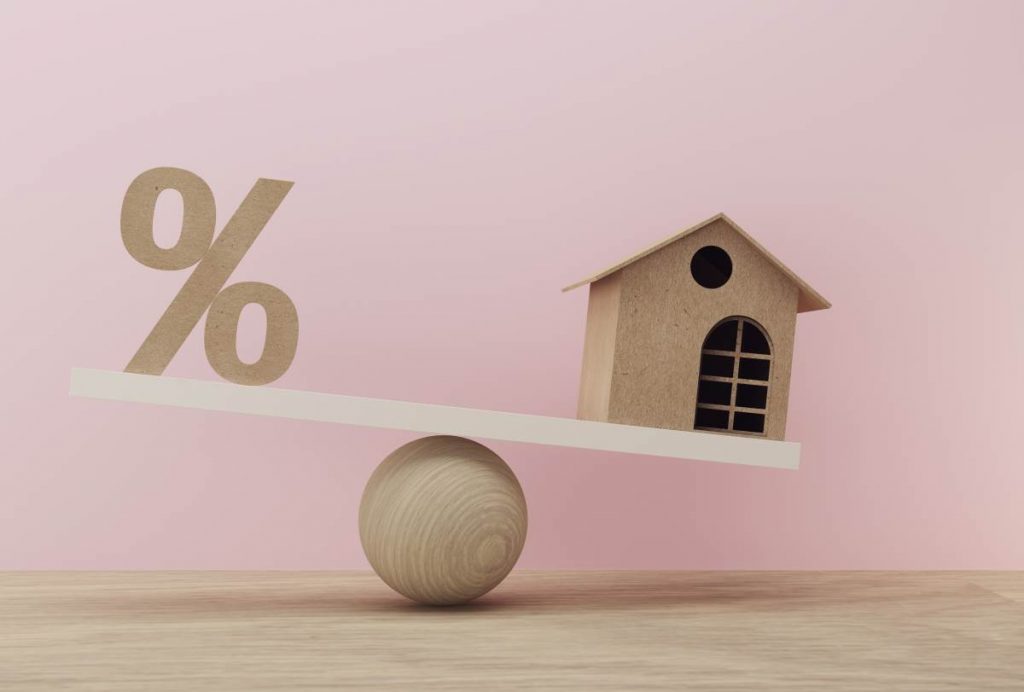Loan to Value Ratio (LVR) can help first home buyers borrow more money for a home loan. However, it’s important you understand what LVR is and how to calculate it correctly as it can affect your buying power.
What is loan to value ratio?
LVR compares the value of a property to the amount of money being borrowed to purchase it. By comparing these two amounts, you can calculate your LVR to determine your home loan amount as a percentage of the value of the property you’re buying. In short, the ratio is the percentage of the property you don’t yet own. A lower LVR is recommended as it means you own more of the property and owe the bank or lender less money.
How to calculate your LVR
To calculate your LVR, you need to know the value of the property you’d like to purchase and how much money you have for a deposit. For example, if you are looking at purchasing a property for $650,000 and you have a deposit of $65,000 saved, you will still need to borrow $585,000. To calculate your LVR, you divide the amount you need to borrow by the property’s value. So, $585,000 divided by $650,000 = 90 per cent. This means that you don’t own 90 per cent of the house initially. The more of a deposit you pay, the higher the percentage of the house you own, the lower your LVR will be.
What’s the difference between LVR and Lenders Mortgage Insurance (LMI)?
LMI is an insurance payment that you only have to pay if your deposit is less than 20 per cent of the value of a property. This insurance is designed to protect the lender or the bank as they perceive you as a risk. If you have a deposit of less than 20 per cent, they think you might not be able to meet monthly mortgage repayments. Avoiding LMI by having a deposit of 20 per cent or more could save you from paying more down the track. By paying a higher deposit up front, you’ll avoid paying LMI and keep your LVR low.
While having a lower LVR is recommended, it’s not always possible for first home buyers to save a 20 per cent deposit up front. Options such as LMI make it possible for first home buyers to purchase a home without needing to save such a large sum of money.

